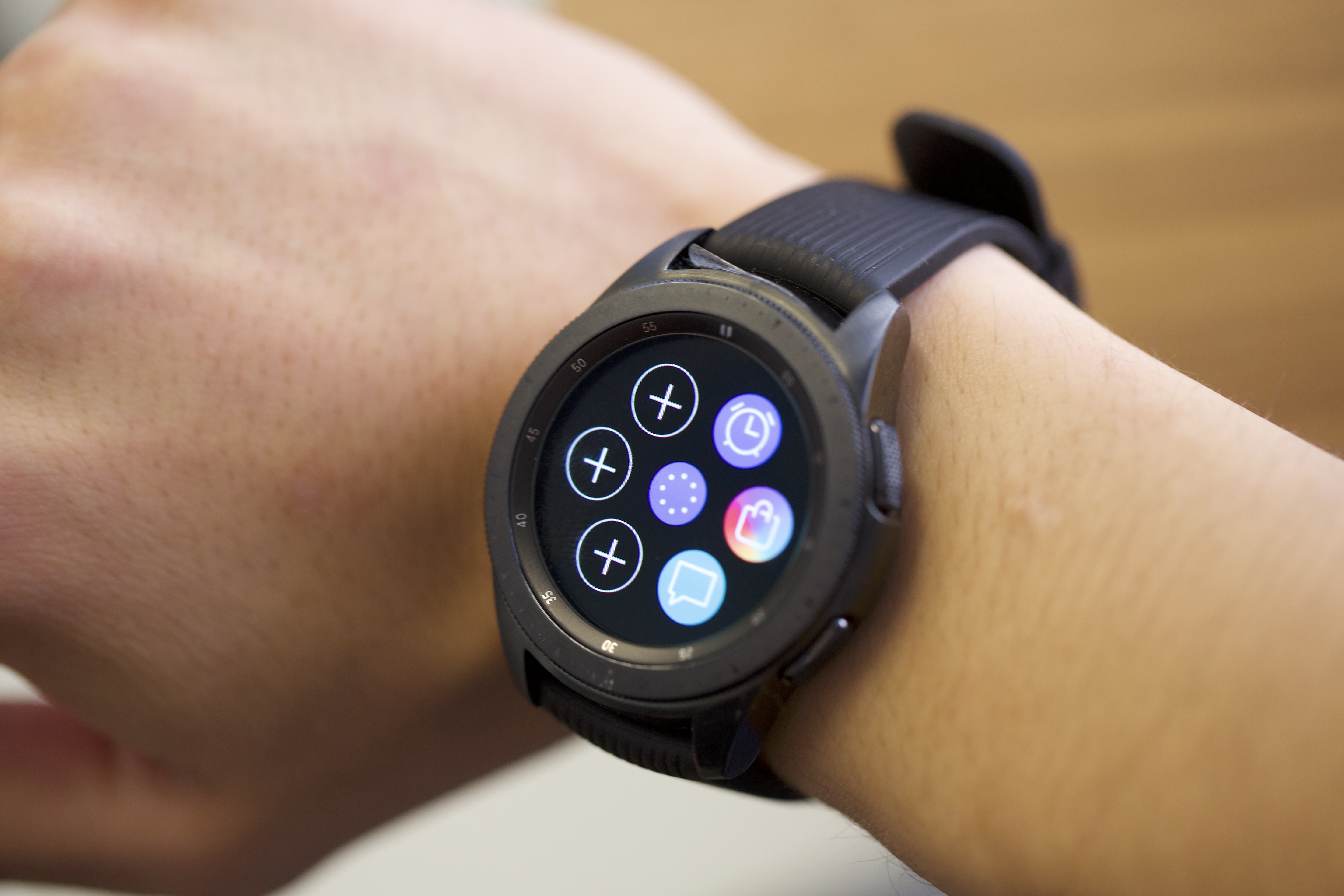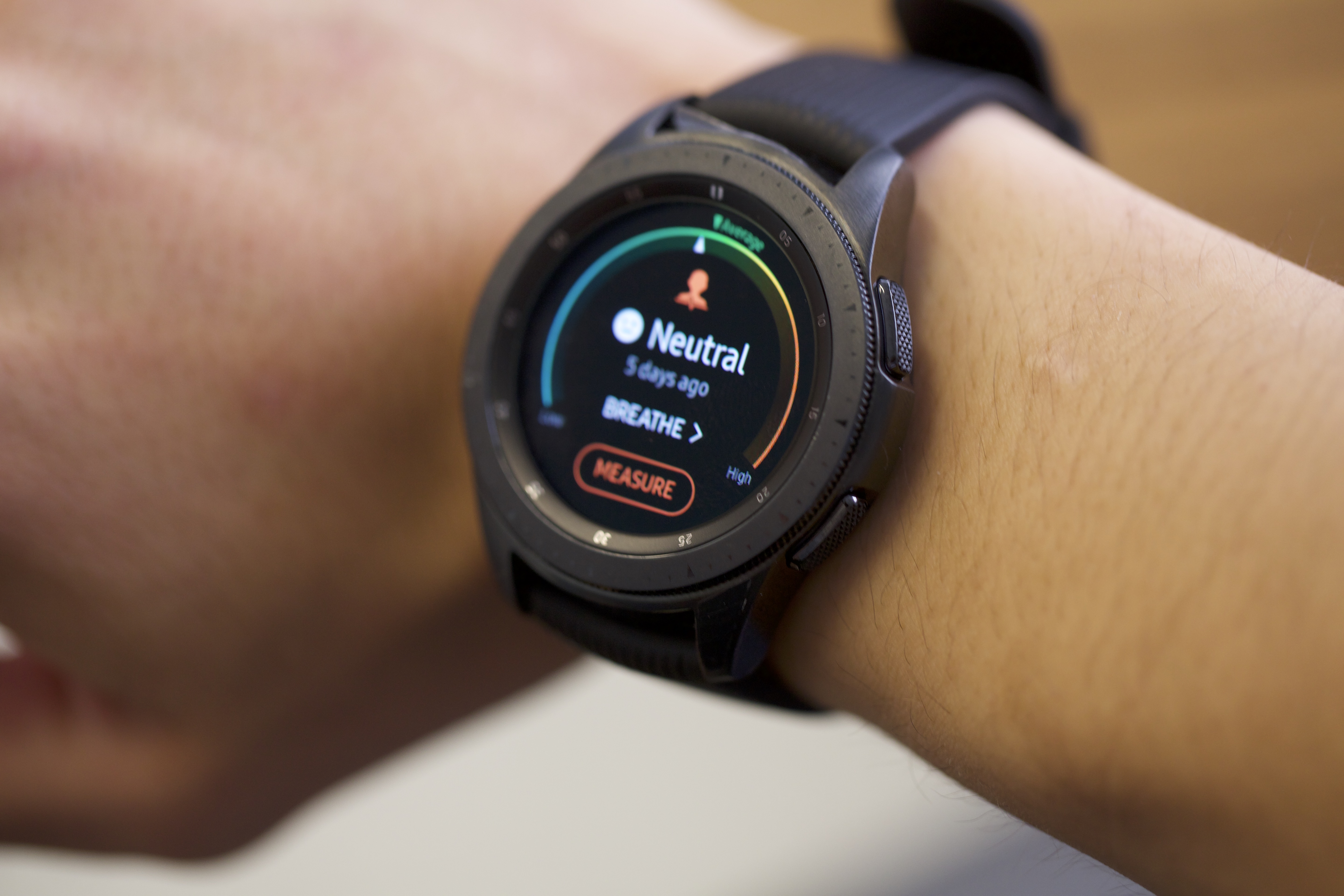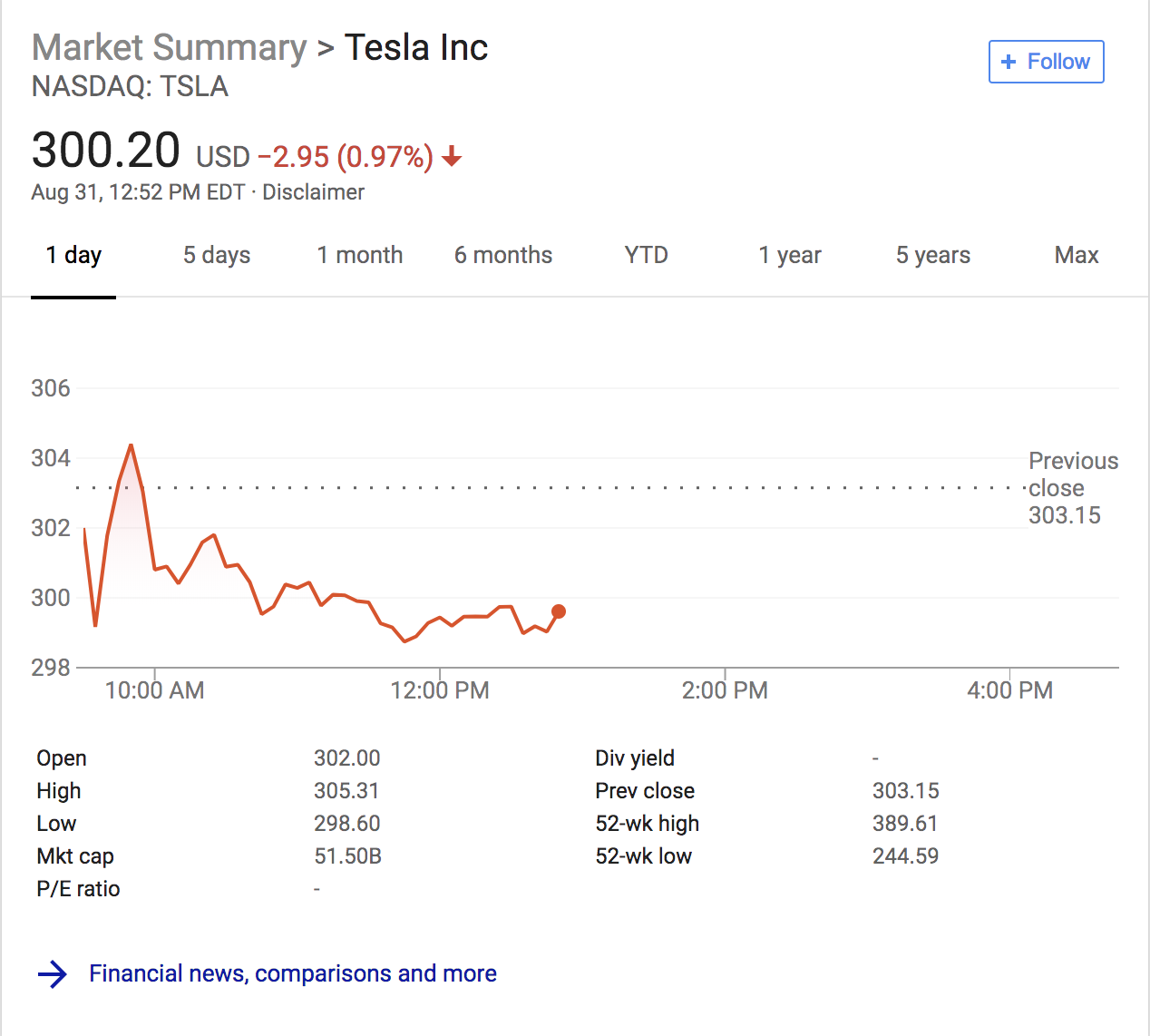Disrupt SF (Sept 5-7) approaches with just a few days until things kick off. We have an all-star lineup that only TechCrunch can assemble, and we’re expecting our largest number of attendees yet. Check out our star-packed agenda here, and keep reading to find out everything you need to make for a stellar conference experience.
Pre-Event Badge Pick Up
Disrupt is 3x the size as previous years! Skip the Wednesday rush by picking up your badge early on Tuesday, September 4th from 12pm – 4pm at Moscone West. Please have your Universe ticket confirmation email and a government-issued photo ID on you.
You can also pick up your badge at the WeWork Welcome Reception, also on Tuesday from 5:30pm – 7:30pm at their Montgomery Street location (44 Montgomery St.). Space is limited. Please register your interest here. Please have your ticket and a government-issued photo ID on you.
Event Registration & Badge Pick Up
Universe is the official ticketing platform of Disrupt. If you signed up for a pass, you used Universe. We love them and we think you will, too. If you haven’t purchased you pass, please go do that here.
Sessions begins at 9am each day. Print out your Universe ticket or pull it up on your phone for quicker entry.
Please bring your government-issued photo ID each day of the conference.
Registration opens at 7:30 am each day (7:00am for Startup Alley exhibitor).
Lost Badge Fee
Don’t forget your badge every day – there is a $75 reprint fee for lost or misplaced badges.
Venue
Disrupt is moving to Moscone West with three floors of glorious TechCrunch content. Basic pass holders only have access to the Startup Alley Expo Hall. If you have a Basic pass and want to see sessions, workshops, demos, Startup Battlefield or come to the official TC After Party, email events@techcrunch.com or stop by our help desk to upgrade.
Driving & Parking
Ridesharing and public transportation are always the suggested mode of travel to Disrupt. If you do need to drive, there are paid lots around the venue. The designated rideshare pickup/drop off zone is located on the south side of Howard Street between 4th Street and 5th Street. Riders and drivers can also utilize nearby hotel passenger loading zones.
Public Transportation
Take Bart or MUNI to Powell Street Station. Exit to 4th and Market Streets. Turn right on 4th. Walk two blocks south to Howard St. Moscone West is located at Fourth and Howard streets. The main entrance is on Howard.
Women of Disrupt Breakfast
All women who are registered for Disrupt SF are invited to the Women of Disrupt breakfast on Thursday from 8:00am – 9:30am. Look out for your invitation via email to attend. If you have already registered for Disrupt SF and have not received your invitation, just indicate your interest here. Your badge is all you need for entry into the breakfast.
CrunchMatch
Founders and Investors attending Disrupt SF will receive access to CrunchMatch, our premier matching service connecting founders and investors at the event. If you have a Founder or Investor Pass type, you’ll receive an invitation to join. There are already several hundred meetings scheduled and we anticipate holding at least 2500 meetings during Disrupt SF. If you have registered for a Founder or Investor Pass and haven’t received your invitation, please email events@techcrunch.com directly for assistance.
On-site Nursing Suite
Mamava is returning to provide a private nursing suite on site at Disrupt SF. A dedicated cooler is stationed at the help desk, if you’d like to store bottles during the show. Ask for more information at the Help Desk table in the first floor lobby.
After Party
Break out your hightops and your fanny packs. The Disrupt After Party is going 90’s. Hangout with TechCrunch at for some free drinks, games, music and a secret lounge sponsored by Universe on Thursday night at the Midway. Your badge gets you into the event. This party is 21+. Make sure to bring your badge and your government-issued photo ID! Basic pass holders will need to upgrade for access – email events@techcrunch.com for info or visit the help desk in the first floor lobby.
FAQs – If you have any other questions, check out our Event Info page.
Disrupt would not be able to exist without the help of our sponsors.
Byton is the official AI track sponsor of Disrupt SF. Swing by their booth to check out what they’re working on and don’t miss their innovation break on the Next Stage.
HERE Technologies is the official Mobility track sponsor of Disrupt SF. Discover why the question of ‘where’ is more relevant than ever before.
Novartis is the official healthtech and biotech track sponsor of Disrupt.
Sequoia Capital is the official sponsor of the 2018 Startup Battlefield cohort. Don’t miss the Startup Battlefield competition, going down on the main stage.
Dassault Systèmes’s 3DEXPERIENCE Lab is awarding ‘The Most Innovative Hardware Startup’. Win a trip to Paris! Submit here!
Looking forward to seeing you all at Disrupt SF on Wednesday!



